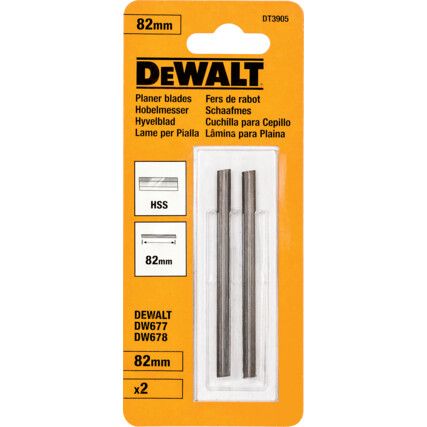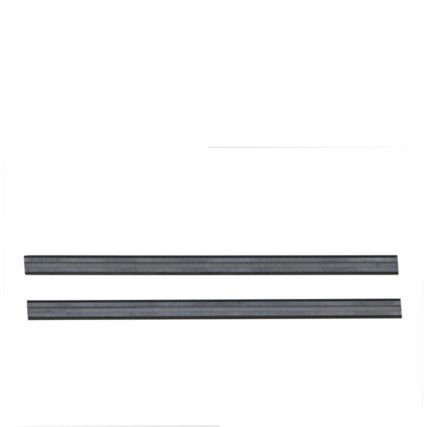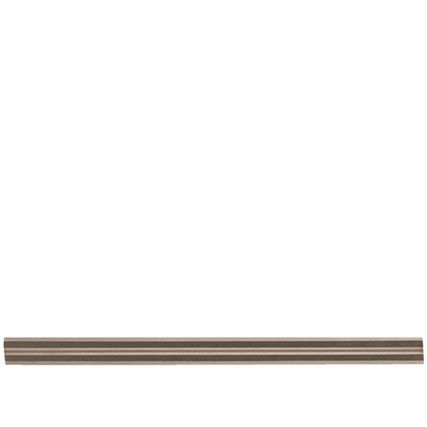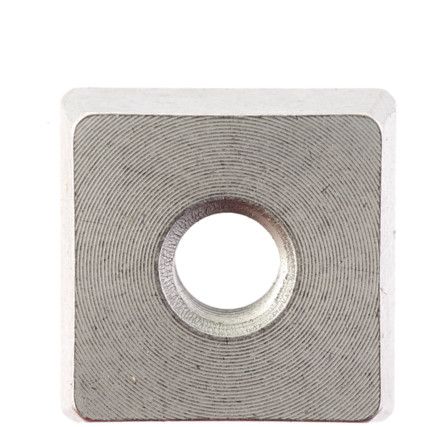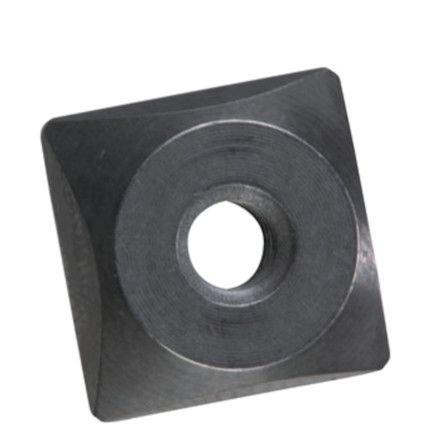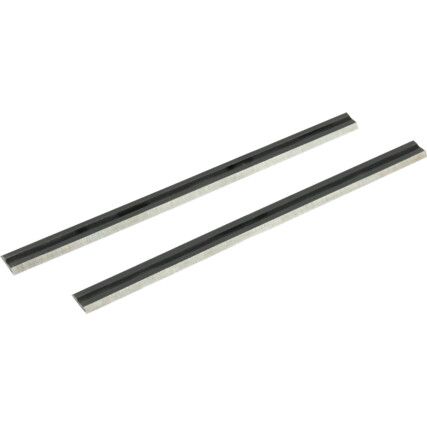Planer Blades
A staple of a professional woodworkers kit, planer blades are used to scrape fine sections off of wood.
Here at Cromwell, we stock some of the finest planer blades from leading brands Bosch®, DeWalt® and Osaki, to provide smooth, high-quality finishes on all types of wood.
Take a look below for our full range of professional-grade planer blades.
What are planer blades?
Planer blades are heavily utilised by any professional who works with wood or timber. They are a sharp blade that fits within a planer.
Similar to a shaving knife smoothing our skin and scraping the hairs, planing blades perform a similar task on wooden surfaces. They excel at creating smooth surfaces, removing lumps, swellings, and other imperfections with ease.
Why a planer blade?
Considered a finishing tool by many, quality planing blades are a must-have when working with wood that needs to be smooth and aesthetically perfect. Trying to use dull or ineffective planer blades is a surefire way to cause unnecessary damage to a workpiece or surface.
Available to fit both power tool and handheld variations, planing blades are easily removable and replaceable, allowing workers and craftsmen alike to continue their work uninterrupted by a dull blade.
When are planer blades used?
Planer blades have a number of key uses across woodworking and carpentry industries. Their most common uses include helping to create a perfectly planed surface, to chamfer and rebate edges, for tapering wood trim, decreasing wood thickness, to design moldings, bevel door or window frames, scribing counters as well as general sizing or edge smoothing tasks.
If you're looking for the ideal planer blades (or any other woodworking tool) for your job but aren't sure about the best ones for your needs, feel free to ask our experts for specialised advice.
Planer blade types
Planer blades are available in a variety of materials, each of which has different strengths and weaknesses and uses depending on your desired application. Below, we've outlined the most common types for your convenience.
• High Speed Steel (HSS) - Planer blades re commonly manufactured from HSS, due to its lightweight design and sharp finish. These are not as robust or strong as carbide planer blades however.
• Carbide - Stronger than their HSS counterpart, carbide blades are however slightly more dull, but they stay sharp up to five times longer than HSS planer blades.
Considerations when choosing a planer blade
• Material - Planer blades are generally made from carbide or different types of steel. Carbide planer blades are harder and allow for easier planing of harder woods, due to increased material strength, durability, and heat resistance. HSS (high speed steel) planer blades are typically more cost-effective, agile, and lightweight - but sacrifice overall strength.
• Reversible Blades - Some planer blades are reversible, enabling the use of either side. This is great for extended planing without having to stop to sharpen the blade midway through the task. Instead, simply reverse the blade and use the other side.
• Sizing - Ensure you're getting the right blade type and blade width for your usage.
Planer blade jargon buster
Here at Cromwell, we want to make it as easy for you as possible to select the best product for your needs. Below, we've outlined some key terminology that will help you to make a confident purchasing decision when choosing your planer blade.
What does TCT and HM stand for?
TCT is a comonly used acronym for Tungsten Carbide Tipped. Planer blades that are TCT are manufactured from carbide and have a tungsten carbide cutting edge.
HM stands for Hard Metal and is another commonly used acronym when referring to the material of a planer blade. TCT blades are often referred to as HM planer blades also.
FAQs
Can you plane MDF?
MDF (medium density fibreboard) can be easily planed with a hand or powered planer with a good planing blade.
